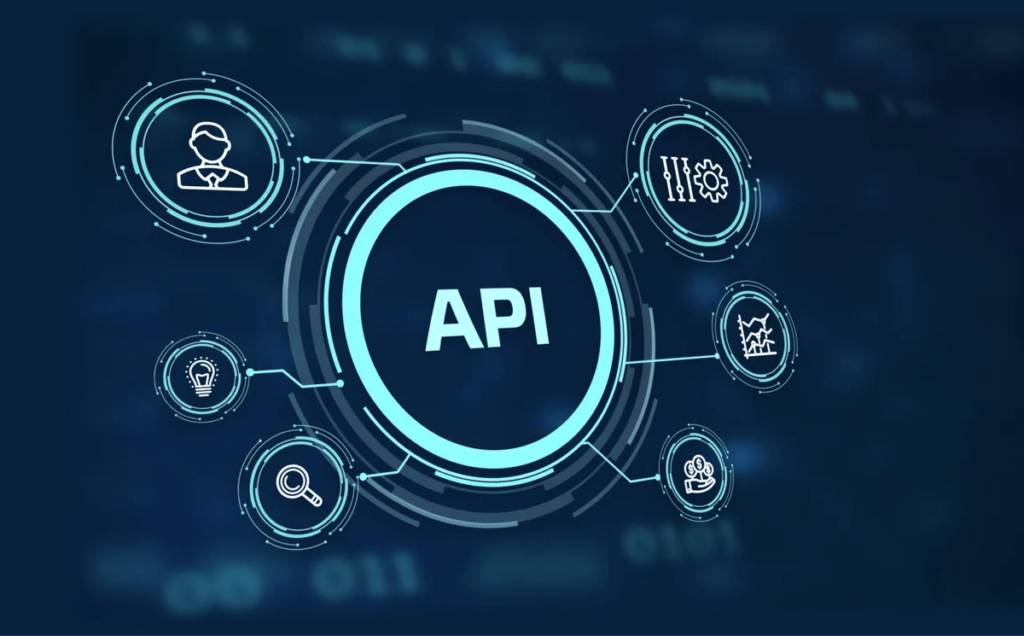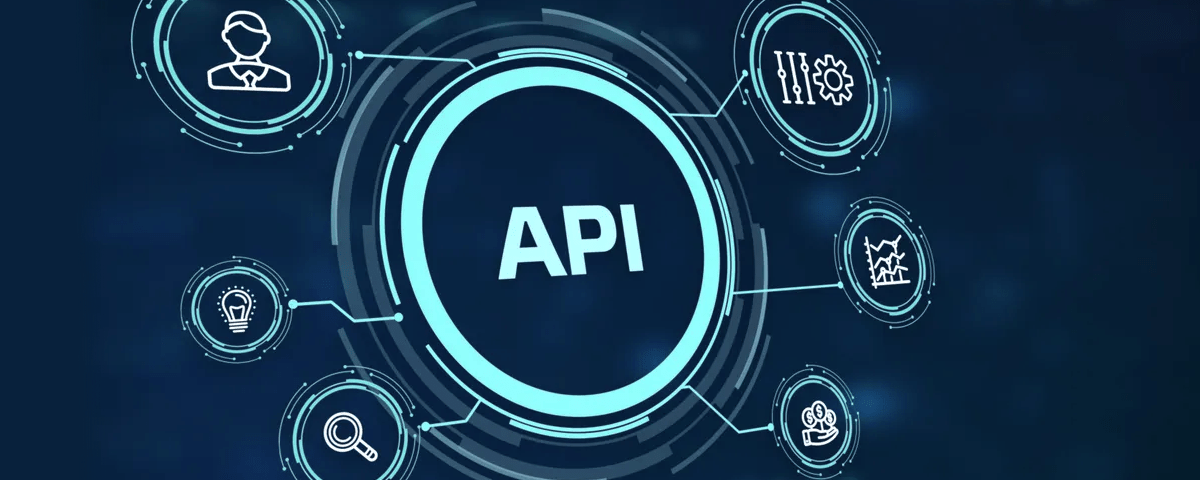
In the ever-evolving landscape of software development, ensuring the reliability, functionality, and performance of APIs has become increasingly crucial. APIs (Application Programming Interfaces) serve as the backbone of modern applications, facilitating communication and data exchange between different software components. End-to-End API Testing and Automation have emerged as essential practices for validating the entire workflow of an application, from start to finish. In this comprehensive guide, we’ll explore the significance of End-to-End API Testing, the benefits of automation, common challenges, best practices, and tools for achieving success in API testing and automation.
Understanding End-to-End API Testing:
End-to-End API Testing involves verifying the entire workflow of an application, including all the APIs and services it interacts with. Unlike traditional testing approaches that focus on individual components in isolation, End-to-End API Testing examines the integration and interaction between different APIs, ensuring that the application functions correctly as a whole. This holistic approach provides confidence in the reliability and functionality of the entire system, from user authentication to data processing and beyond.
The Importance of API Testing Automation:
API Testing Automation offers numerous benefits for software development teams. Automation streamlines the testing process, enabling faster feedback on code changes and accelerating the delivery of high-quality software. By automating repetitive tasks, organizations can reduce manual effort, improve efficiency, and increase test coverage. Automation frameworks like Postman, RestAssured, and Karate provide powerful tools for designing, executing, and managing automated API tests, enabling seamless integration with CI/CD pipelines and continuous testing practices.

Common Challenges in API Testing Automation:
- Dynamic Data: APIs often rely on dynamic data, such as timestamps or unique identifiers, which can make test data management and validation complex.
- Dependency Management: APIs may have dependencies on other services or environments, requiring careful coordination and setup during testing.
- Environment Configuration: Setting up and maintaining test environments that accurately mirror production can be challenging, especially when dealing with external dependencies or third-party services.
- Versioning and Compatibility: APIs evolve over time, leading to versioning issues and compatibility concerns between different API versions or client applications.
- Authentication and Authorization: Testing APIs that require authentication tokens or credentials can be cumbersome, especially when dealing with complex authentication mechanisms like OAuth.
- Data Security and Privacy: Ensuring the security and privacy of sensitive data used in test scenarios, such as personal information or proprietary data, is crucial but challenging.
- Error Handling: Testing error scenarios and how APIs handle unexpected responses or exceptions effectively can be difficult, requiring careful design and implementation of test cases.
- Performance Testing: Conducting performance testing for APIs, including load testing and stress testing, requires specialized tools and expertise to simulate realistic usage patterns and analyze performance metrics.
- Test Maintenance: As APIs and applications evolve, maintaining and updating test scripts and automation frameworks to reflect changes in APIs or requirements can be time-consuming and resource-intensive.
- Tool Selection: Choosing the right automation tools and frameworks for API testing that align with the organization’s technology stack and requirements can be challenging, given the wide range of available options.
Addressing these challenges requires a combination of technical expertise, effective collaboration between development and testing teams, and the adoption of best practices in API testing. By overcoming these challenges, organizations can ensure the reliability, functionality, and security of their APIs, ultimately delivering high-quality software to their users.

Future Trends in End-to-End API Testing Automation
As technology continues to advance, the landscape of end-to-end API testing automation is also evolving rapidly. Several emerging trends are shaping the future of API testing, driving innovation, efficiency, and effectiveness in software development practices. Let’s explore some of these trends:
- Shift-Left Testing Approach: The shift-left testing approach emphasizes early testing in the software development lifecycle, starting from the requirements phase. In the context of API testing automation, this means integrating testing activities into the development process as soon as possible. By catching defects and issues earlier in the lifecycle, organizations can reduce the cost and effort of fixing them later.
- AI and Machine Learning: Artificial Intelligence (AI) and Machine Learning (ML) technologies are increasingly being leveraged to enhance API testing automation. AI-powered testing tools can analyze large datasets, identify patterns, and predict potential areas of risk or failure. ML algorithms can also be used to generate test data, optimize test coverage, and improve the efficiency of test execution.
- Codeless Test Automation: Codeless test automation platforms are gaining popularity, enabling non-technical users to create and execute automated tests without writing code. In the context of API testing, codeless automation tools provide intuitive interfaces for designing test scenarios, configuring test data, and executing tests, making it easier for testers and business stakeholders to contribute to the testing process.
- API Contract Testing: API contract testing focuses on validating the contracts or agreements between API providers and consumers. Contract testing tools allow teams to define and enforce API contracts using specifications like OpenAPI (formerly known as Swagger) or RAML. By ensuring compatibility and compliance with API contracts, organizations can minimize integration issues and improve the reliability of their APIs.
- Shift to Microservices Architecture: With the increasing adoption of microservices architecture, the complexity of API interactions is growing. End-to-end API testing automation must evolve to accommodate the intricacies of microservices-based applications. This includes testing across multiple services, orchestrating complex workflows, and managing dependencies effectively.
- Containerization and Kubernetes: Containerization technologies like Docker and orchestration platforms like Kubernetes are revolutionizing how applications are deployed and managed. API testing automation tools are adapting to this shift by providing support for containerized testing environments, allowing teams to spin up isolated test environments quickly and scale testing efforts as needed.
- Serverless Computing: Serverless computing, also known as Function-as-a-Service (FaaS), is gaining traction as a cost-effective and scalable approach to building and deploying applications. API testing automation tools are beginning to support serverless architectures, enabling teams to test serverless functions and event-driven workflows seamlessly.
- Integration with DevOps and CI/CD Pipelines: API testing automation is becoming an integral part of DevOps and CI/CD pipelines, enabling organizations to achieve continuous testing and delivery. Integration with popular DevOps tools like Jenkins, GitLab CI/CD, and Azure DevOps allows teams to automate the execution of API tests, incorporate test results into deployment pipelines, and enforce quality gates throughout the release process.
- API Security Testing: With the increasing threat landscape and regulatory requirements, API security testing is becoming a critical aspect of API testing automation. Tools for API security testing are evolving to detect vulnerabilities such as injection attacks, broken authentication, and data exposure, helping organizations identify and mitigate security risks proactively.
- Shift to Cloud-Based Testing: As organizations embrace cloud computing and infrastructure-as-a-service (IaaS) platforms, there is a growing trend towards cloud-based testing solutions. Cloud-based API testing platforms offer scalability, flexibility, and cost-effectiveness, allowing teams to run tests in parallel, leverage cloud resources for load testing, and collaborate more effectively across distributed teams.
Conclusion:
End-to-End API Testing and Automation play a critical role in ensuring the reliability, functionality, and performance of modern software applications. By adopting a holistic approach to testing and leveraging automation tools and frameworks, organizations can deliver high-quality software faster, mitigate risks, and meet the evolving needs of their users. Embracing best practices and continuous improvement is key to mastering End-to-End API Testing and Automation in toda’s dynamic software landscape. With the right tools, strategies, and mindset, software development teams can achieve greater efficiency, reliability, and success in their API testing efforts.

I truly appreciate this post. I?¦ve been looking everywhere for this! Thank goodness I found it on Bing. You have made my day! Thank you again